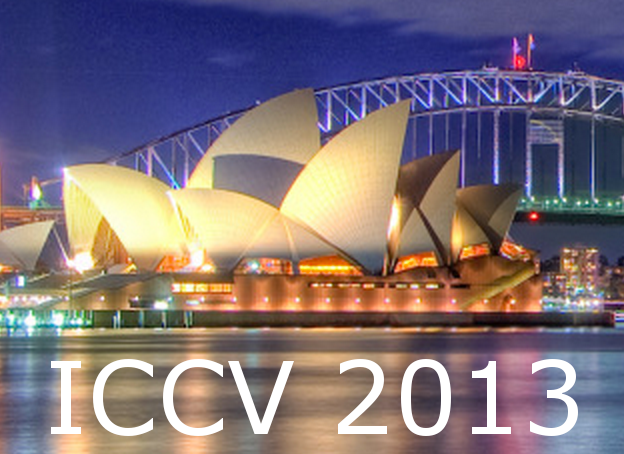-
Analysis of Scores, Datasets, and Models in Visual Saliency Prediction
AbstractSignificant recent progress has been made in developing high-quality saliency models. However, less effort has been undertaken on fair assessment of these models, over large standardized datasets and correctly addressing confounding factors. In this study, we pursue a critical and quantitative look at challenges (e.g., center-bias, map smoothing) in saliency modeling and the way they affect model accuracy. We quantitatively compare 32 state-of-the-art models (using the shuffled AUC score to discount center-bias) on 4 benchmark eye movement datasets, for prediction of human fixation locations and scanpath sequence. We also account for the role of map smoothing. We find that, although model rankings vary, some (e.g., AWS, LG, AIM, and HouNIPS) consistently outperform other models over all datasets. Some models work well for prediction of both fixation locations and scanpath sequence (e.g., Judd, GBVS). Our results show low prediction accuracy for models over emotional stimuli from the NUSEF dataset. Our last benchmark, for the first time, gauges the ability of models to decode the stimulus category from statistics of fixations, saccades, and model saliency values at fixated locations. In this test, ITTI and AIM models win over other models. Our benchmark provides a comprehensive high-level picture of the strengths and weaknesses of many popular models, and suggests future research directions in saliency modeling.
Related Material
[pdf][bibtex]@InProceedings{Borji_2013_ICCV,
author = {Borji, Ali and Tavakoli, Hamed R. and Sihite, Dicky N. and Itti, Laurent},
title = {Analysis of Scores, Datasets, and Models in Visual Saliency Prediction},
booktitle = {Proceedings of the IEEE International Conference on Computer Vision (ICCV)},
month = {December},
year = {2013}
}
ICCV 2013 open access
These ICCV 2013 papers are the Open Access versions, provided by the Computer Vision Foundation.
Except for the watermark, they are identical to the accepted versions; the final published version of the proceedings is available on IEEE Xplore.
Except for the watermark, they are identical to the accepted versions; the final published version of the proceedings is available on IEEE Xplore.
This material is presented to ensure timely dissemination of scholarly and technical work.
Copyright and all rights therein are retained by authors or by other copyright holders.
All persons copying this information are expected to adhere to the terms and constraints invoked by each author's copyright.

